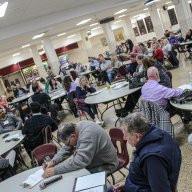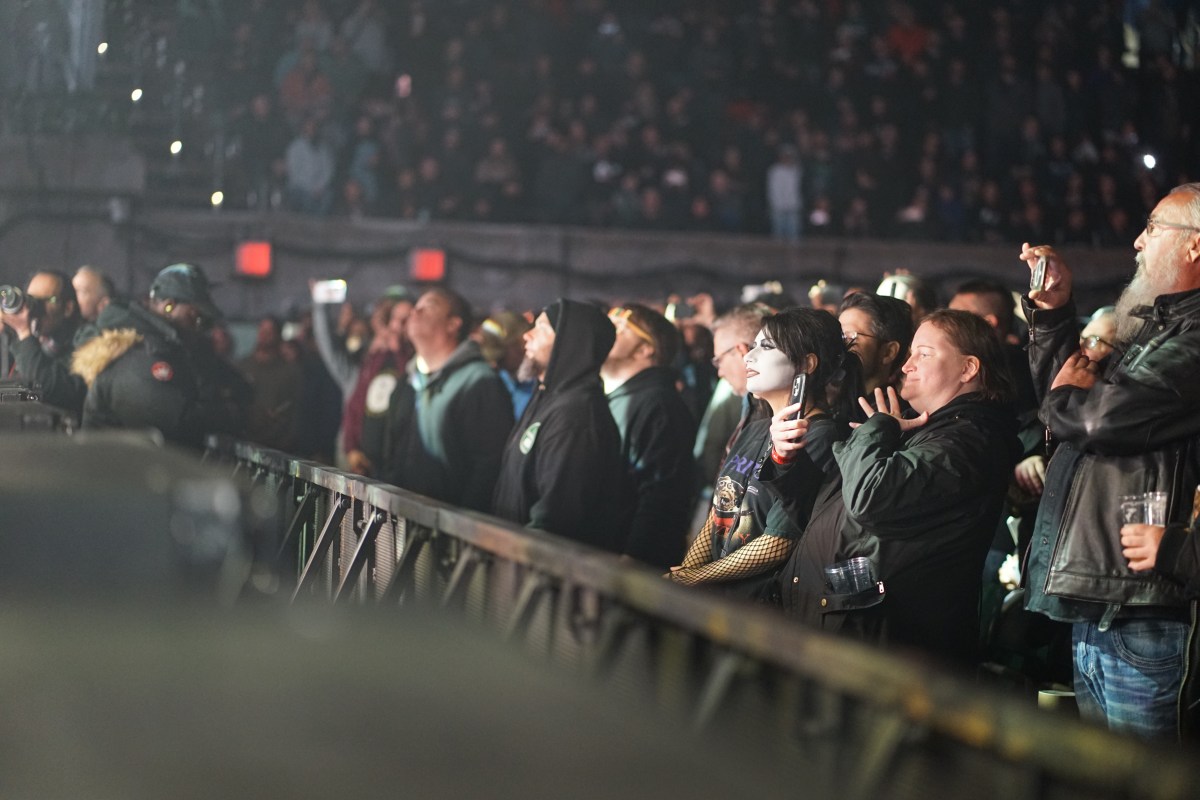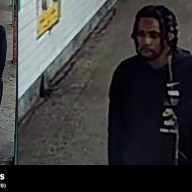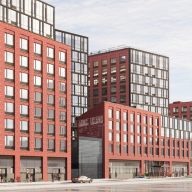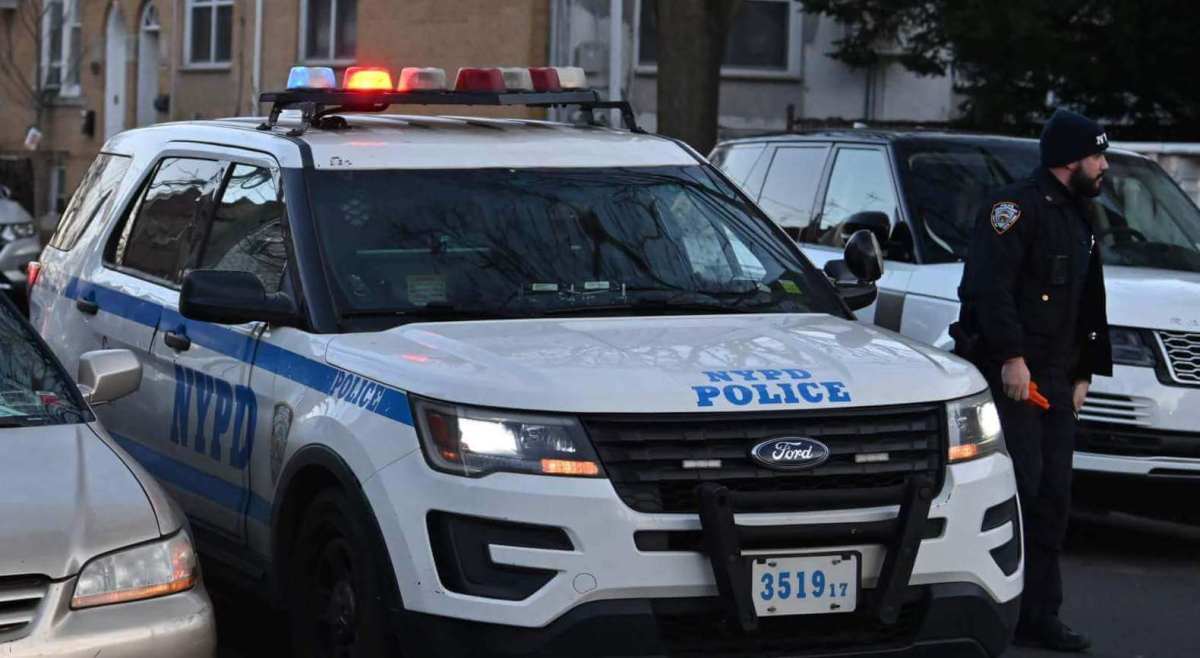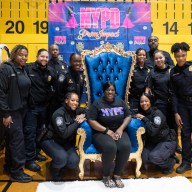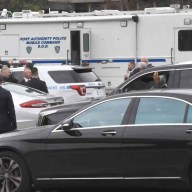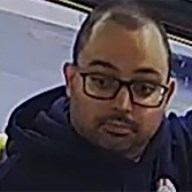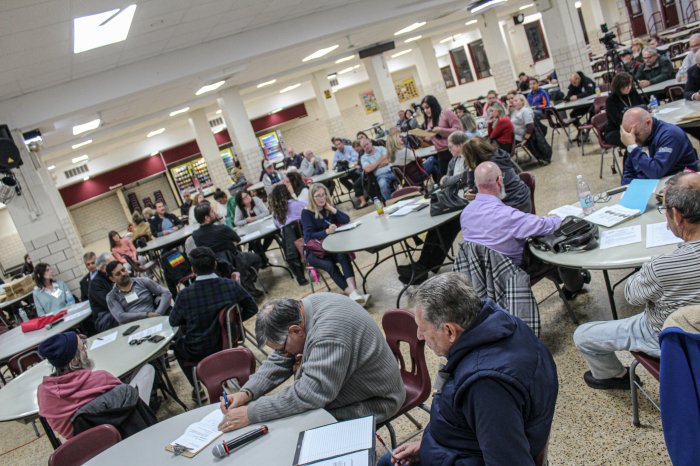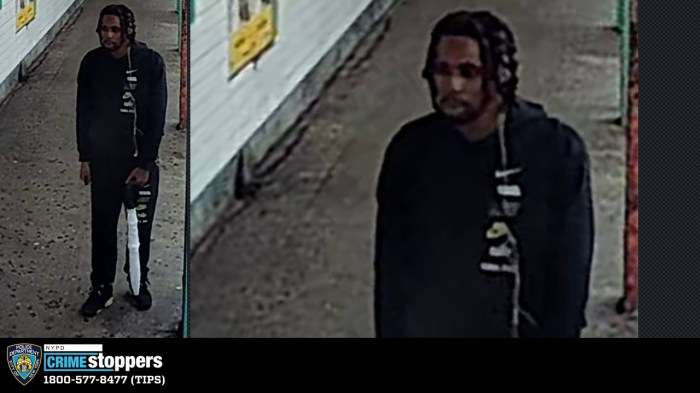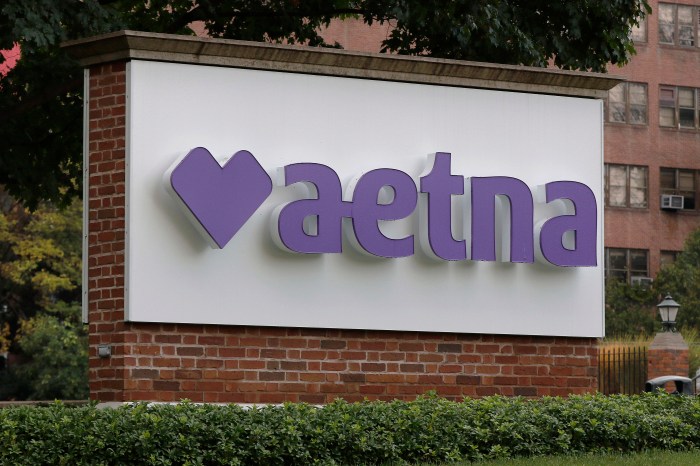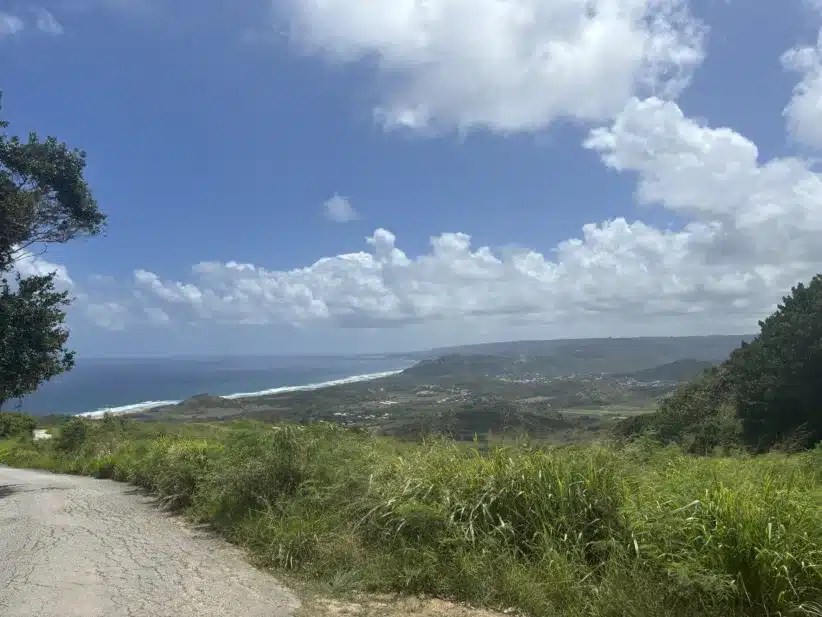Kew Gardens Hills on Saturdays is probably one of the quietest spots in the five boroughs. Shops on Main Street are closed. Not a car dots the roads. The only sounds are the faint laughter of children playing in parks and the whispers between families dressed in their Sunday best or more appropriately their Saturday best walking along the streets en route to visit friends at another household.
"There is a calmness that takes over," said Hefhie Baron, who, like many others in the community, is an Orthodox Jew. "The beauty of the community occurs on the Sabbath."
Baron, a resident of the neighborhood since 1968, has watched as his religious brethren have slowly populated the houses in this suburban enclave, mostly built after World War II. The longtime resident says the influx continues today.
Orthodox Jews demand for housing in the area continues to be so high that it has spurred Dermot company, a development group, to purchase a tract of land from Touro College and to start construction on an 388-unit luxury apartment complex that adheres to Orthodox customs. Units will come with Kosher kitchens and Shabbat elevators.
In the 1960s Orthodox Jews were only a handful of the families in Kew Gardens Hills, but with the attraction of world-renowned rabbis, one of the first eruvs in New York, an influx of Russian Jews and the convenience of Orthodox shopping on Main Street, they have flocked to the neighborhood for the past 40 years and continue to do so. There are now over 20,000 in the community.
Manny Behar, executive director of the Queens Jewish Community Council, an umbrella organization for the more than 90 synagogues and Jewish institutions in Queens, said real growth started in the mid-1970s, when incomes started to rise and Orthodox Jews who had lived on the Lower East Side and Bronx moved to the more suburban Kew Gardens Hills. One drawing force, Behar said, was Rabbi Schonfeld of Young Israel.
At 27 Schonfeld moved from England to attend Yeshiva and then started a small synagogue in the Kew Gardens Hills area 53 years ago. The rabbi, nationally renowned for his teaching, said that in the beginning, his synagogue had only 11 members, but it grew with the influx. His synagogues first building was in 1951. Young Israel added another building in 1961. Five hundred families are now members at Schonfelds synagogue.
"It was a snowball effect," said Manny Behar, explaining that as more Jews moved into Kew Gardens Hills, the area became denser, and the need for more synagogues grew, since Sabbath law prohibits the use of a car. In turn, the construction of more synagogues attracted even more Orthodox Jews.
Through resident Steve Orlows coordination and the assistance of then Queens Borough President Donald Manes, an eruv a religious boundary around the neighborhood that permits Orthodox Jews to bring their baby carriages and books outside on the Sabbath was created in the 1970s. It was only the second created in the city. The convenience of an eruv attracted many more.
Rabbi Schonfeld said that the close-knit neighborhood in conjunction with a good rapport with local representatives and the 107th Precinct creates an absence of community friction that also attracts Jewish homeowners.
The sizable population of Orthodox Jews has also attracted Kosher delis and grocery stores like Wassermans to set up shop on Main Street. The street has become a popular destination for Jews from around the city who flock to the area on Fridays to get their shopping in before Sabbath.
"Its like a little corner of Israel, especially on the holiday and the Sabbath," said Baron fondly.







